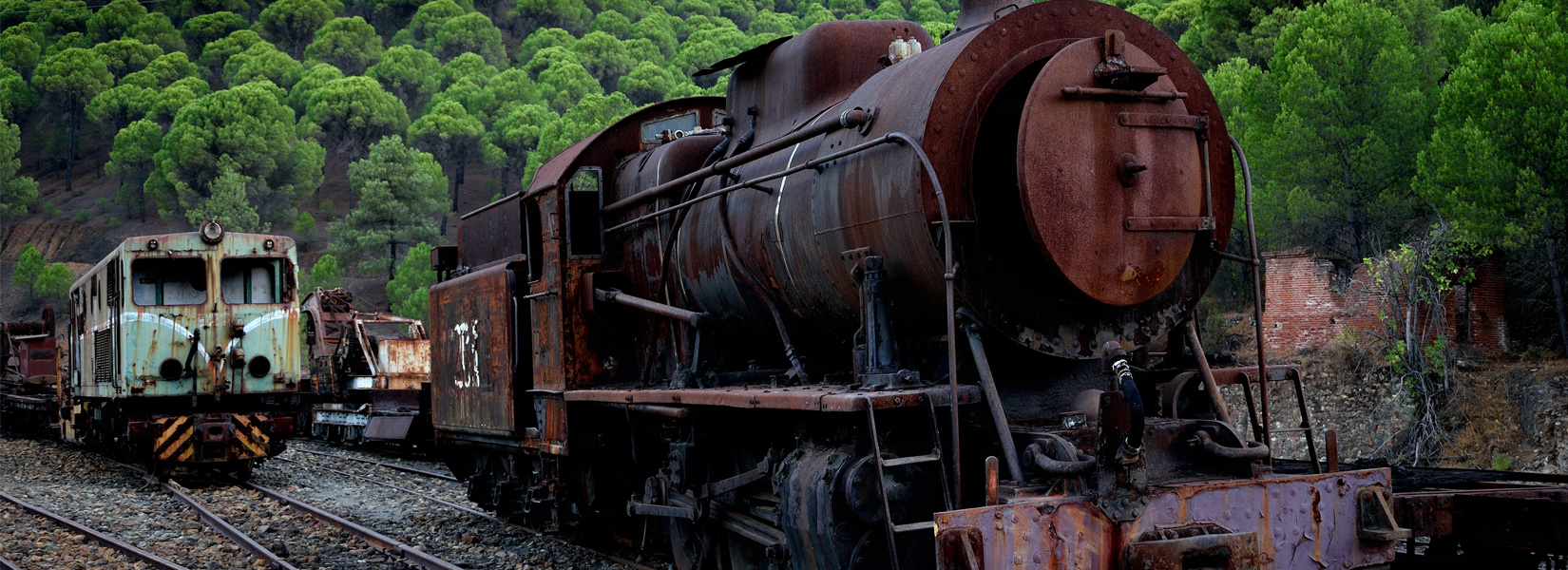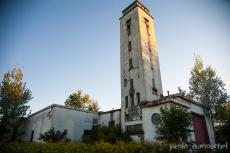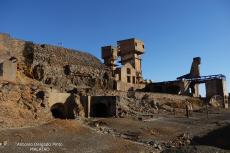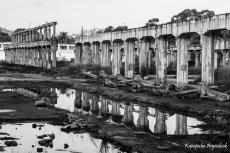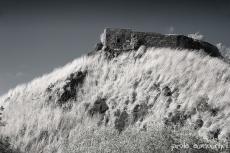The abandoned Val Rose plant is unquestionably one of the most famous spots in Quebec City area. And honestly, I was rather reluctant to go there. Not that I thought the spot wasn't interesting, but in general, a place known as the Val Rose is,...
The old Minas de Riotinto locomotives
Martian landscape in the heart of Spain
We are talking about over 5000 years of mining history in this area. The landscape has been changed forever, and it looks at some places like a alien planet where red, yellow, purple mingle with green, gray and ocher.
The ten abandoned trains account that the site today are only a small part of this industrial landscape that has been suddenly stopped in 1974. At its peak, there was more than 150 trains who were traversing the long and winding road which stretched over 84 km. Each train had between 20 and 50 cars full of pyrite.
The mine located in the town of Minas de Riotinto, as we know it today, began operating in 1875 and stopped almost 100 years later. Today, if the plant is closed, a museum exists on the site.
Related content
Located in São Domingos (province of Alentejo) south of Lisbon, capital of Portugal, the mine of Achada do Gamo is an abandoned open pit mine. Located in the heart of the Iberian Pyrite Belt, which extends from southern Portugal to Spain, the...
The history of the Babcock & Wilcox in the Galindo valley began during the First World War when the difficulties of the Compañía de los Caminos de Hierro del Norte de España will result in the sale of the plant to the Babcock & Wilcox...
Okay, Fort Rodney is more a tourist place than abandoned, conducive to exploration. Besides, I wasn't sure about these photos on this website. Well, they are published, but I'm still not convinced to keep them all on Urbex Playground.
Not...


